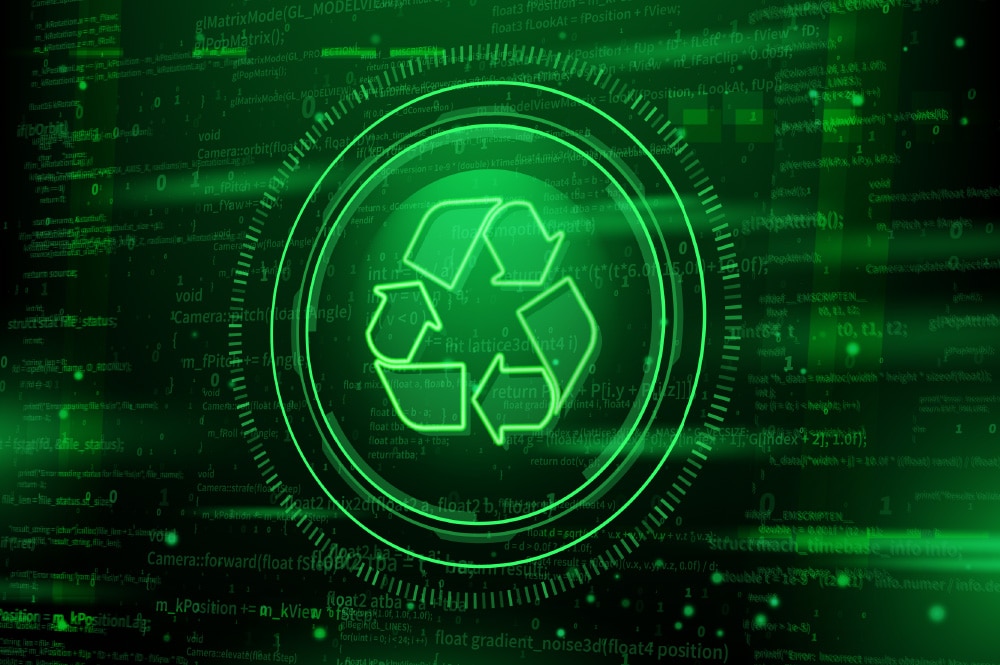The definition of recycled content is to use content created for one setting, like a blog, a sermon, or a letter and reuse it for another setting, like an advertisement, a podcast, or an email. The idea of recycling content for nonprofits in general is not a bad one, in fact it should be done at times. It can be efficient; it can also be the best way to get a very important or well-developed message out further. But there is a dark side to recycling content.
A classic example is the large church which records its weekly sermon and runs it on television and radio, turns it into a podcast and a YouTube channel, uses the content to create a blog, and writes an appeal email and/or letter from it. This sounds good, some or all of this may be good. But unwittingly what happens is we get used to making square pegs fit into round holes. That sermon strategy may be good for some or all those channels, but it may be a bad fit for others.
People who want to listen to your sermons via their podcast app will want it to be available there. But that sermon is NOT a podcast. And because of this, it is unlikely to grow and reach new audiences as a podcast. At first, you should certainly publish it across podcast channels; it makes it easy for your current audience to digest it. That is a good strategy.
But if you want to have a thriving podcast where you break into new areas, recycled content is not going to do that. You must create an additional podcast that is a true podcast and create content just for that channel.
YouTube is the same way. Recycled content almost never thrives on YouTube. It makes your YouTube account essentially a content archive. And that may be just fine for a while. But if you want to gain the full potential from the channel, you need to create content that is specific for YouTube.
Some sermons are life changing when heard in the building or watched live. But they do not make engaging television or at least not response-inducing television. It is not that the message is bad, it is simply not the best expression of the message for that channel.
Your results in any particular channel will tell you if the content you are recycling there is thriving or not. If growth and performance are absent, you likely need to create channel-specific content to go to the next level.
Want help doing just that? We would love to talk.
- 3 Innovative Ways to Find New Donors Digitally - March 1, 2024
- Break These 5 Fundraising Bad Habits Today - December 22, 2023
- Break the Bad Habit of Recycled Ministry Content - October 13, 2023

